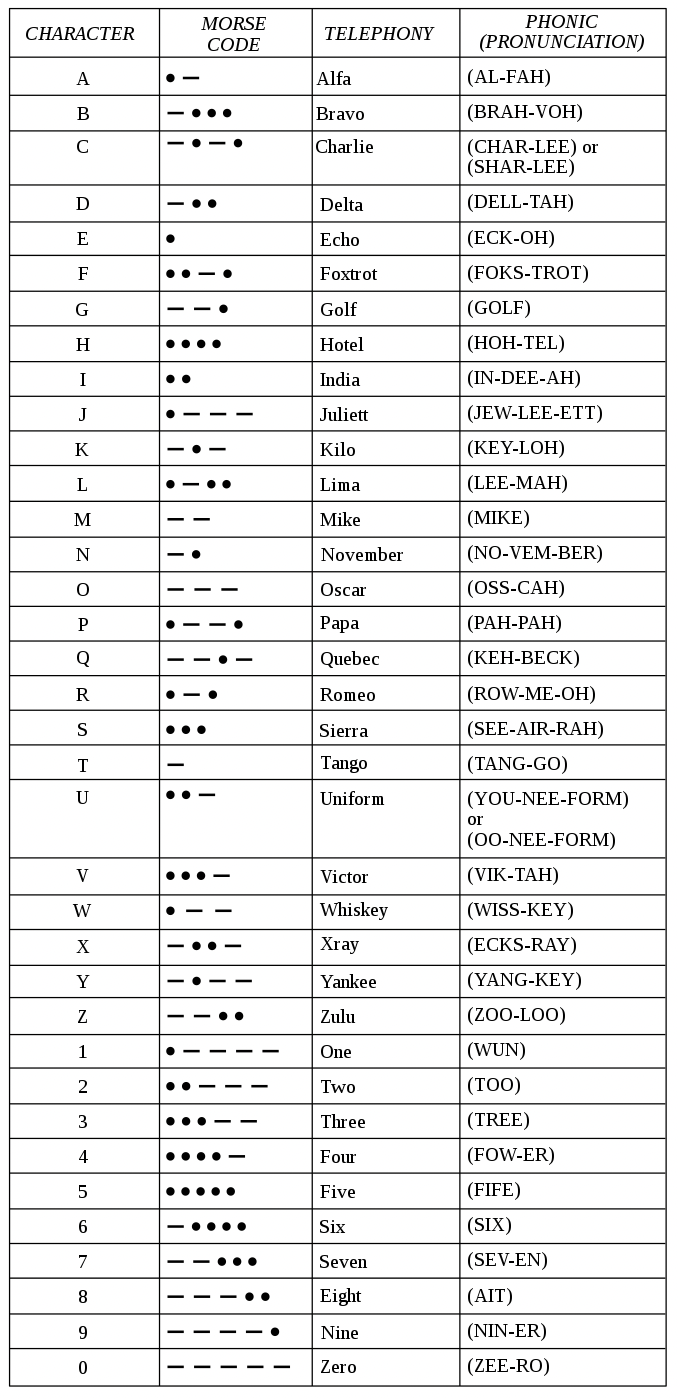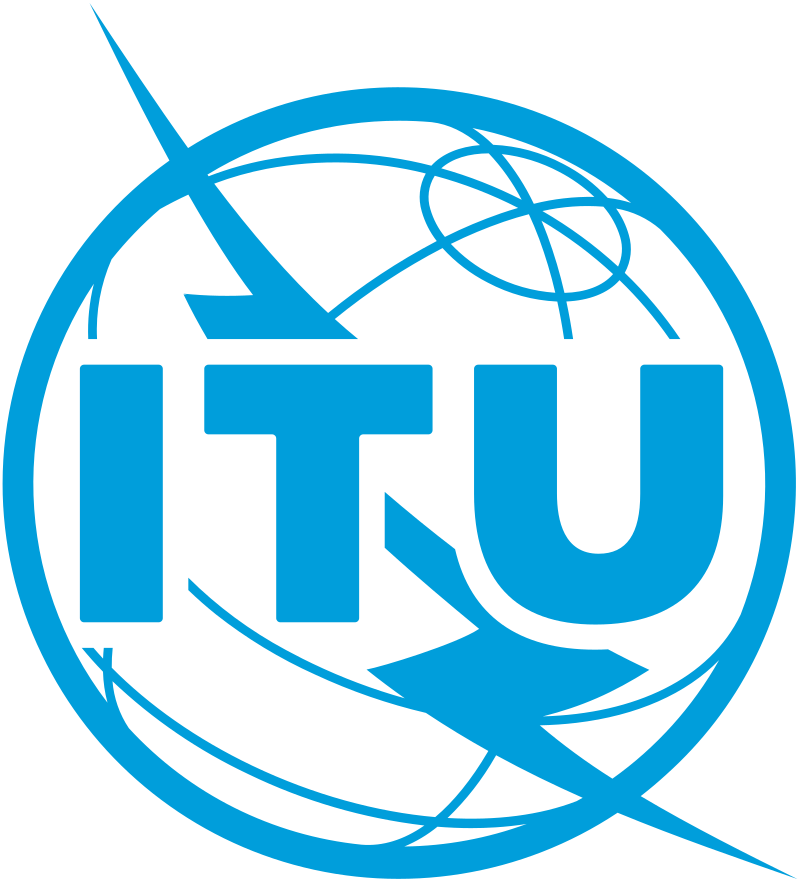PHONETIC ALPHABET
Letters in the alphabet often sound the same, e.g. P, B, T. And then thrown into the mix is the noise that many amateur radio operators experience or a weak signal. Identifying a callsign or a name or a location can sometimes be difficult.
To avoid confusion and to clarify letters, amateur radio operators often use the phonetic alphabet. The use of phonetics is for other amateurs to understand your callsign, name, location, etc.
Amateurs use the NATO phonetic alphabet.
To avoid confusion and to clarify letters, amateur radio operators often use the phonetic alphabet. The use of phonetics is for other amateurs to understand your callsign, name, location, etc.
Amateurs use the NATO phonetic alphabet.
HISTORY OF PHONETICS.
The British military used phonetics during the First World War, however this was not a recognised worldwide standard.
Wireless telegraphic operator using a morse key in a shell hole (BT Archives cat ref: TCB 417/E 36705)
In 1926 the International Telecommunications Union (ITU) established the first known worldwide standard phonetic alphabet. It featured names of cities from across the globe, e.g. Quebec, Roma, Yokohama.
Over the years numerous changes and refinements were made.
Over the years numerous changes and refinements were made.
In 1941 the United States military adopted a joint Army & Navy phonetic alphabet known as the Able Baker alphabet. In 1943 the British Royal Air Force adopted the Able Baker alphabet as well.
The Able Baker alphabet was as follows:
Able, Baker, Charlie, Dog, Easy, Fox, George, How, Item, Jig, King, Love, Mike, Nan, Oboe, Peter, Queen, Roger, Sugar, Tare, Uncle, Victor, William, X-ray, Yoke, Zebra.
The Able Baker alphabet was as follows:
Able, Baker, Charlie, Dog, Easy, Fox, George, How, Item, Jig, King, Love, Mike, Nan, Oboe, Peter, Queen, Roger, Sugar, Tare, Uncle, Victor, William, X-ray, Yoke, Zebra.
A new phonetic alphabet was recommended by the International Air Transport Association (IATA) due to the anglicised nature of the Able Baker code. This came into effect on the 1st day of November 1951, and is similar in nature to the phonetic alphabet used today. It consisted of the following:
Alfa, Bravo, Coca, Delta, Echo, Foxtrot, Gold, Hotel, India, Juliett, Kilo, Lima, Metro, Nectar, Oscar, Papa, Quebec, Romeo, Sierra, Tango, Union, Victor, Whiskey, eXtra, Yankee, Zulu.
The military and NATO continued to use the Able Baker phonetic alphabet despite the introduction of the IATA phonetics. What became apparent was the need for a universal phonetic alphabet. NATO allied countries, the USA and UK conducted a review of the Able Baker phonetic alphabet.
Alfa, Bravo, Coca, Delta, Echo, Foxtrot, Gold, Hotel, India, Juliett, Kilo, Lima, Metro, Nectar, Oscar, Papa, Quebec, Romeo, Sierra, Tango, Union, Victor, Whiskey, eXtra, Yankee, Zulu.
The military and NATO continued to use the Able Baker phonetic alphabet despite the introduction of the IATA phonetics. What became apparent was the need for a universal phonetic alphabet. NATO allied countries, the USA and UK conducted a review of the Able Baker phonetic alphabet.
In 1965 a standard phonetic alphabet was adopted, known as the NATO phonetic alphabet. It is officially called the International Radiotelephony Spelling Alphabet or the International Civil Aviation Organisation (ICAO) phonetic alphabet. It is used by the military, aircraft, emergency services, and amateur radio operators.
USE THE STANDARD PHONETICS.
If spelling your name, your QTH, or clarifying a callsign, use the standard phonetics. This will save an enormous amount of confusion. I often hear amateurs using non standard phonetics, and this often creates issues, particularly with amateurs whose first language is not English.
Only use non standard phonetics if the other station is having problems with a particular letter, e.g. replace B Bravo with B Boston, P Papa with P Pacific.
Only use non standard phonetics if the other station is having problems with a particular letter, e.g. replace B Bravo with B Boston, P Papa with P Pacific.
DO YOU NEED TO REPEAT YOUR CALLSIGN IN PHONETICS?
If the other station has received your callsign correctly, there is no need to continue to spell your callsign phonetically at the end of each over.
VIDEOS.
References.
- Buy Two Way Radios, 2022, <www.buytwowayradios.com/blog/2013/10/the_amateur_radio_phonetic_alphabet.html>
- NATO, 2022, <https://www.nato.int/cps/en/natohq/declassified_136216.htm>
- Wikipedia, 2022, <en.wikipedia.org/>



